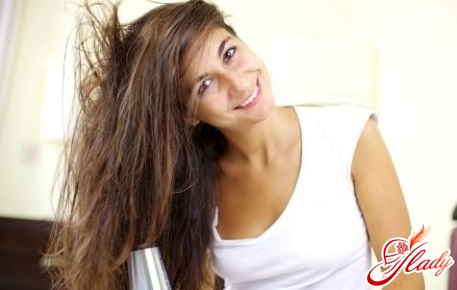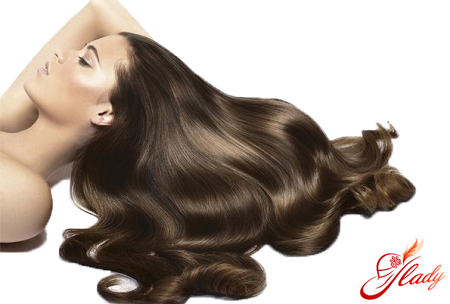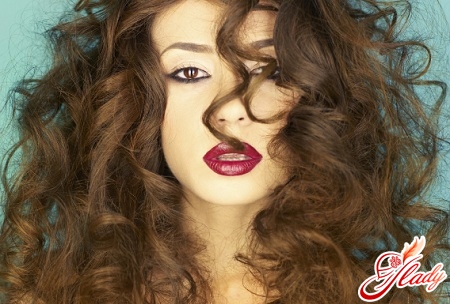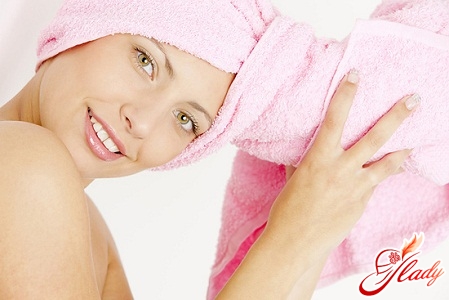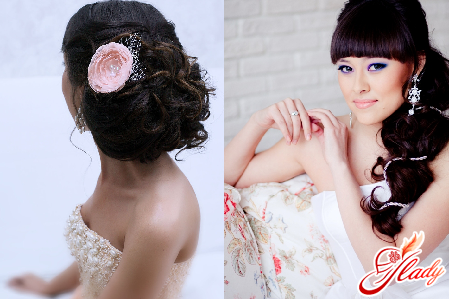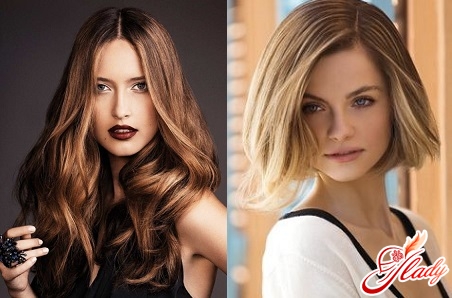
Bronzing dark hair has become incrediblypopular over the past year. Although not everyone knows what this procedure is yet. Most likely, you have repeatedly seen photos in which celebrities are captured with stunning natural brown-honey iridescent hair color. This is the bronzing technique.
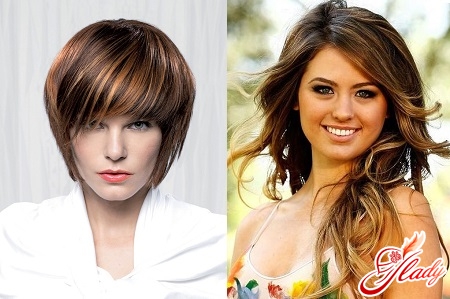
What are the features of the armor?
The term "brond" is formed from twowords: "brown" and "blond". The essence of this hair coloring style is to achieve a harmonious transition of natural dark and light shades. It differs from classic highlighting by its maximum naturalness and smoothness of tones merging into each other. Bronzing is ideal for owners of straight or slightly curly hair. On curly hair, this type of coloring will not show itself and will not look so impressive. The reason for this is the refraction of highlights and the impossibility of a smooth transition of shades. Multilayer bronzing, thanks to a skillful combination of colors, can visually add volume and thickness to the hair. It will look especially effective in combination with a cascade haircut. Therefore, bronzing is an excellent option for owners of thin hair lacking volume. For those who want to take care of their hair and return their natural hair color, bronzing will be a real panacea. Due to the fact that the masters create a smooth transition of shades from the roots to the tips, the regrown roots will not be conspicuous and will look very well-groomed and harmonious. If you do not want to completely return to your natural hair color, but are looking for gentle coloring methods, then bronde is perfect for this purpose. You will have to re-color your hair much less often. They can simply be partially refreshed in zones once every few months.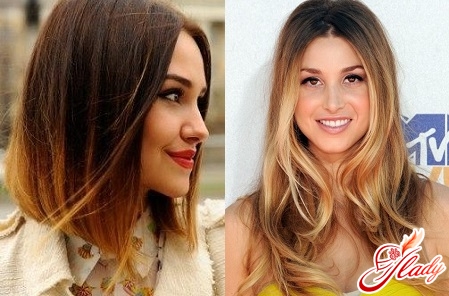
Hair Bonding Techniques
The most popular technique is classicbronzing in chocolate and honey tones. It is done with the help of multi-layer hair coloring. As a rule, the curls at the roots are made in dark saturated colors: chocolate, chestnut, - and towards the tips there is a transition to caramel, honey, nutty, golden. An interesting option is zonal bronzing. The play of shades in this case is quite noticeable and less smooth. The hair is not completely tinted, but in separate sections. The areas at the roots and the very bottom layer of hair from the inside remain a color that is close to natural. They can be slightly tinted to give the color intensity. One of the most difficult bronzing techniques for brunettes is in light tones. If you do not want to radically change your hair color to blonde, but at the same time you want to revive your hair with light radiant shades, then this option is right for you. The regrown roots will not be very noticeable, and your curls will look as if they have been slightly sunburned. How is bronzing done? Bronde coloring takes a lot of time. On average, this procedure lasts from 2 to 4 hours. First, a base color is taken. Usually, chestnut or dark blond is chosen. Too dark curls are pre-lightened, and then tinted. After toning, strands of golden, caramel and other light shades are highlighted. The master selects tones very carefully. The color palette should consist of shades that do not diverge in the range by more than 3-4 tones. Although in the case of zonal bronzing, the color range can be greater. After the base is ready, highlighting is done. However, the strands are lightened not from the very roots. You need to retreat 4-5 cm. Highlighting is done unevenly. The ends can be lightened more than the rest of the strand. Next, "strokes" of darker paint are randomly applied to the lightened strands. The more unevenly these "strokes" are made, the more natural the hair color will look later. You should not try to do bronzing yourself at home. This is a very complex coloring technology, so without proper preparation the result can be quite disastrous.





